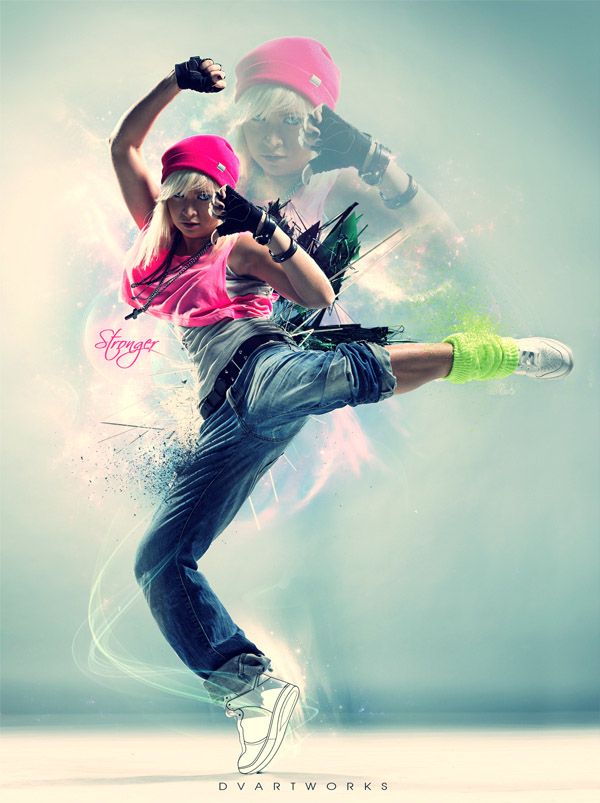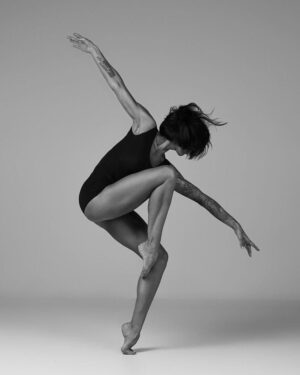


What is dance
what’s is dance
Dance is a performing art form that involves rhythmic movement of the body, typically to music, and is often used to express ideas, emotions, or tell a story. Here are some key aspects of dance:
Artistic Expression: Dance is a way for individuals to express emotions, tell stories, and convey artistic ideas. It can be a powerful form of non-verbal communication.
Cultural Significance: Dance plays an important role in many cultures worldwide, often associated with rituals, ceremonies, celebrations, and traditions. Different cultures have unique dance styles and customs.
Physical Activity: Dance is a form of physical exercise that can improve flexibility, strength, endurance, and coordination. It can be an enjoyable way to maintain physical fitness.
Social Interaction: Dance often brings people together, fostering social connections and community through group performances, social dances, and events.
Variety of Styles: There are numerous styles of dance, each with its own techniques, music, and cultural background. Some popular styles include ballet, hip-hop, jazz, contemporary, tap, ballroom, folk, and many more.
Performance and Entertainment: Dance is a major component of the entertainment industry, showcased in theaters, on television, in films, and at live events. Professional dancers often perform in ballets, musicals, music videos, and concerts.
Overall, dance is a versatile and dynamic form of expression that transcends linguistic and cultural barriers, providing joy and inspiration to both participants and audiences.
what’s is expression
what’s is graph in dance choreography
Visualization in Dance Studies:
In the context of dance and choreography, a “dance graph” might refer to a visual representation or notation of dance movements and sequences. This can include diagrams or charts that map out the steps, timing, and spatial positioning of dancers. Such graphs can help choreographers and dancers visualize and plan the flow of a performance.
